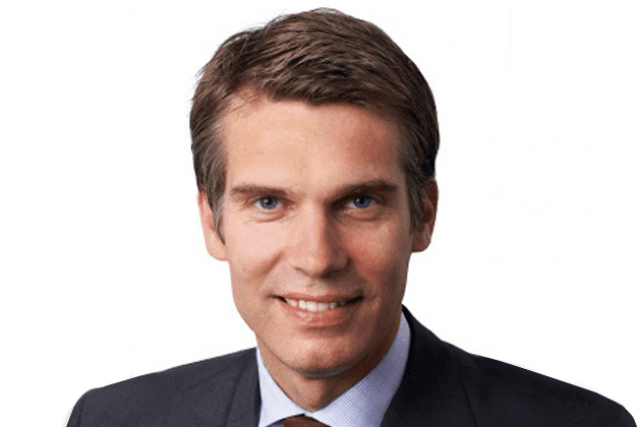In both cases, an increase in the cost of dollar funding – due to a move up in the UST yield curve and appreciation of the currency – played a significant role.
In principle, the effect of higher US rates and a stronger dollar could be counterbalanced by a more optimistic investor assessment of the nominal growth outlook. Unless the market is concerned that the Fed has fallen behind the curve, the net effect for risky assets should then be positive. In the current environment, it is hard to argue that US inflation expectations face a large risk of drifting upwards. This begs the question of why 2018 does not fit this script.
A large part of the answer is that the market environment can be characterized as a tug of war between good economic fundamentals and rising political risks. On top of this, the room for further improvement in the deep fundamental drivers of growth momentum (private sector confidence, central bank support, pace of employment growth, credit pulse, etc.) became very limited late last year. As a result, growth momentum reached a kind of natural plateau even in the absence of political risks. One of the main consequences was the creation of regional growth divergences. The US policy mix, consisting of a fiscal sugar high and a rise in protectionism, was an important driver behind the Fed’s increased confidence in its ability to hike as well as the stronger dollar. Even though all of EM space felt the headwind of trade fears, this mix did create substantial growth divergences in the region between those countries with an overreliance on dollar funding and those with better fundamentals. Within DM space, Europe and Japan experienced a soft patch due to idiosyncratic factors such as strikes, weather phenomena and a change in car emission standard regulations.
In view of all this, a re-convergence within the global economy will be essential for a positive performance of risky assets in the coming year. The good news is that the fundamentals in both Europe and Japan point in this direction. For instance, the private sector tends to be a net saver and does not exhibit overleverage. Meanwhile, the investment share of GDP is still below its long-term average and the inflation outlook is such that monetary policy will need to stay very accommodative in the near future. This should allow for a healthy feedback loop between private sector income and spending growth. This loop has considerable room to continue because Europe still has some slack left while Japan is deliberately aiming to further overheat its economy. Meanwhile, the US should gradually slow down towards a growth pace that is still a little above potential throughout 2019 as fiscal stimulus wanes and the effect of past rate hikes kicks in. This scenario should be supportive for EM growth because of the implied strength of DM import demand as well as the implied dampener on the ability of the dollar to appreciate further. In addition, Chinese easing should also start to further support growth as the year progresses.
The bad news is that political risks remain alive and well and are creating a good deal of uncertainty around the fundamental outlook. The really big question here is to what extent these risks will cause a decline in business confidence that could dampen corporate willingness to invest and hire. There is only scant evidence of this in the US and Japan, but in Euroland the picture is a bit murkier. In a way, this makes sense because Europe has additional political risks in the form of Brexit and Italian government policy. The European composite PMI has now declined for two consecutive months, which is a cause for concern. Still, other business confidence indicators are better, even though they have also declined from the very high levels seen late last year. Meanwhile, German GDP declined in Q3, albeit mainly on the back of a steep fall in exports and alongside strong imports and an ongoing healthy rate of capex growth.
All in all, it therefore seems clear that the downside risks are building. But in our view, they have not yet reached a level which warrants a more bearish base case scenario. It is difficult to say when and to what extent this fog of uncertainty will lift. Clearly, the meeting between Xi and Trump this weekend could be very important in this respect but whatever the outcome, it is extremely unlikely that it will clear the trade air between these countries once and for all. In Europe, the Brexit deal and some mild conciliatory noises by the Italian government are positive but domestic politics in these countries could still trigger substantial continued uncertainty. Indeed, ‘tis the season of autumn fog…



